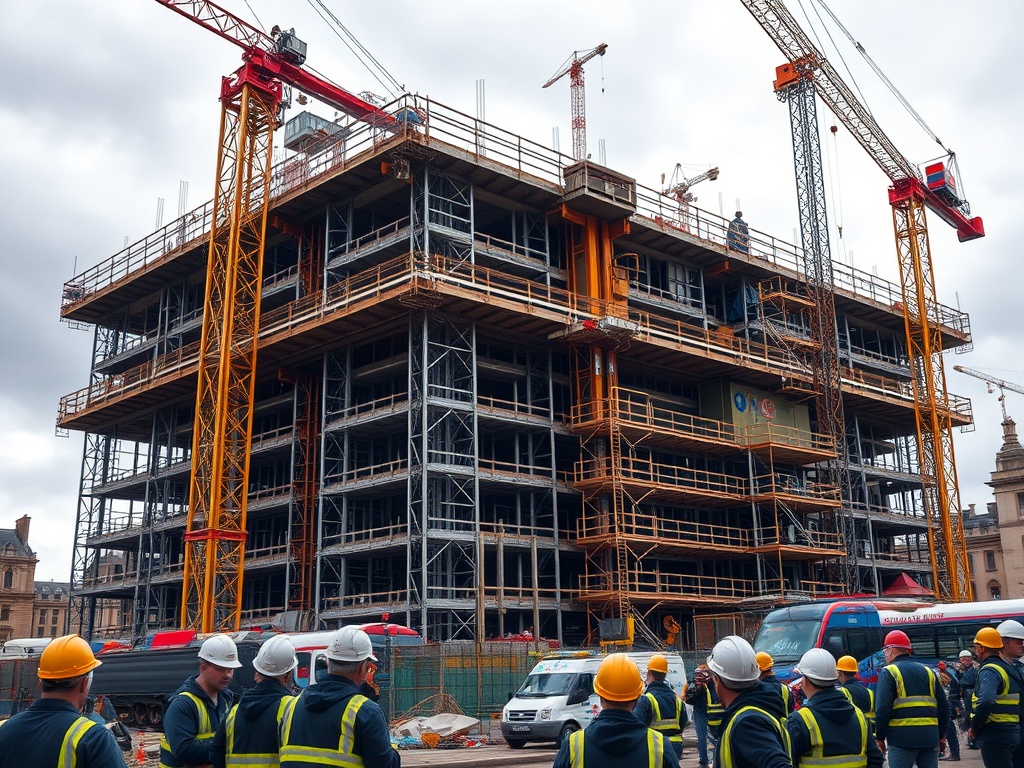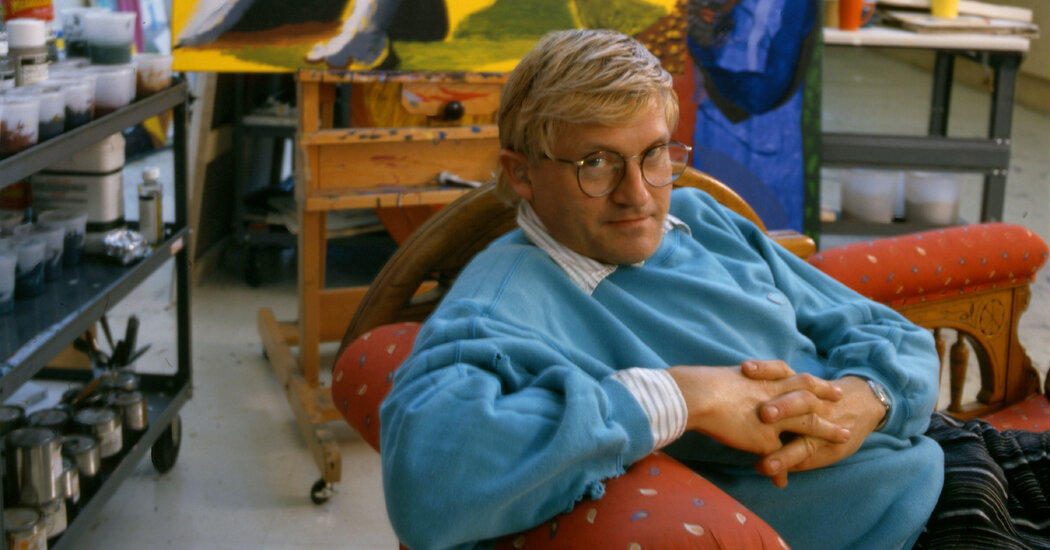Future of UK Infrastructure Projects at Risk Due to Skilled Worker Shortage
Government initiatives aimed at advancing renewable energy, nuclear power, and water infrastructure projects may face significant setbacks due to an alarming shortage of skilled welders and lineworkers, as highlighted in a recent report. This study, conducted by a former senior adviser at No 10, indicates that nearly 40% of large infrastructure projects in the UK could encounter delays or even fail within the next five years unless the workforce is substantially bolstered.
Labour leaders are banking on a comprehensive planning overhaul designed to streamline the construction of essential energy infrastructure, new reservoirs, enhanced transportation links, and monumental projects such as the third runway at Heathrow Airport. However, Raoul Ruparel, who directs the Boston Consulting Group (BCG)’s Centre for Growth and authored the report on UK infrastructure investment, warns that critical undertakings like the Sizewell C nuclear facility, offshore wind farms, and the East West Rail route may struggle to progress due to insufficient specialist labour.
According to the report, the current workforce of welders in the UK may need to double, as the number of skilled welders has decreased by 40% over the past two decades, with projections indicating that about half of the existing workforce could retire by 2027, as per data from Axiom Personnel. To successfully execute the ambitious projects slated for the next five to ten years, the Government is urged to consider the importation of skilled overseas workers to fill the gaps.
The report anticipates a capital investment surge of up to £900 billion in the UK from 2025 to 2030, marking the largest spending spree in 75 years across eight pivotal sectors. For instance, the National Grid plans to erect 180 km of 50-metre-tall 400 Kv pylons to transmit electricity generated from offshore wind farms.
This report comes on the heels of skepticism regarding Labour’s commitment to delivering 1.5 million new homes, a pledge complicated by a lack of qualified construction workers. Mr. Ruparel noted in an interview with The i Paper: “The acute shortages in skilled labour will particularly affect the rollout of the electricity grid, where there are insufficient high-voltage line workers and cable jointers. If we aim to achieve our energy transition goals, we face the risk of missing these critical targets.”
He further elaborated on the implications of a dwindling workforce: “A significant lack of welders and qualified construction personnel could jeopardize some of our nuclear projects, where adherence to safety and regulatory standards is paramount.”
Construction is set to commence on the UK’s first new reservoir in over three decades, signaling the beginning of a multi-billion-pound construction initiative aimed at preventing future water shortages. However, Mr. Ruparel expressed concerns: “In the water sector, the challenge is substantial, as the demand increase is unprecedented compared to historical levels. After 30 years without building a new reservoir, we are now planning to construct ten or more in a very short timeframe. Any bottlenecks in the supply of water reservoirs or pipes could hinder housing developments and the establishment of new towns.”
Challenges and Investment Outlook

The report reveals that from 2010 to 2015, 16% of announced projects did not move forward, while an additional 21% became stagnant in pre-construction for over a decade. The East of England, London, and northern Scotland are poised to receive significant investments, particularly from initiatives like Sizewell C, HS2, and offshore wind developments. However, the report underscores the difficulty in sourcing adequately skilled workers in these often remote regions.
Areas such as Norfolk, where large infrastructure ventures like offshore wind farms and the East West Rail are set to converge, may face additional management hurdles. Mr. Ruparel warns: “Even if we aimed to restore the number of welders to their levels two decades ago, it remains uncertain whether that would suffice to meet the ambitious rollout we envision.”
Moreover, there exists a critical shortage of high-voltage lineworkers—electricians responsible for installing electrical power lines—with thousands more required to support vital projects such as the National Grid’s Great Grid Upgrade and the push for cleaner energy by 2030. To meet the demand by 2028, it may become necessary to recruit overseas workers, with estimates suggesting that up to four times the current number of lineworkers will be needed.
Mr. Ruparel pointed out: “Considering the lengthy training periods involved, it seems implausible to fulfill these needs solely through UK resources in the upcoming years. This situation necessitates a discussion around immigration and the potential influx of a skilled workforce.” He cautioned that even a few hundred or a couple of thousand workers could significantly delay the entire grid rollout.
However, companies have reported challenges in securing work permits for lineworkers from various European nations, compounded by the fact that training programs typically span several years. With similar grid enhancements occurring across Europe, nations like Germany, Italy, Spain, and Portugal are likely to encounter their own skills shortages, creating an intense competition for qualified workers.
The complexity of the projects on the horizon further exacerbates the situation. For instance, the increasing size of wind turbines has led to bottlenecks due to a shortage of ships capable of transporting the larger components. Coupled with a scarcity of materials driven by global demand outpacing supply projections through 2030, the UK may experience amplified impacts on critical sectors. Materials such as bauxite, essential for various industries including solar energy, are becoming increasingly hard to source.
A Treasury spokesperson remarked: “The Chancellor has emphasized the necessity of accelerating economic growth. This entails dismantling unnecessary regulatory obstacles, addressing the bottlenecks, and investing in Britain to revive our road, rail, and energy infrastructure. We are actively working to tackle skills shortages in key sectors. Steps have already been taken to eliminate superfluous requirements for adult apprentices in the construction industry, and our ten-year Infrastructure Strategy will assist Skills England in identifying and addressing skills gaps essential for the successful delivery of major infrastructure projects.”




